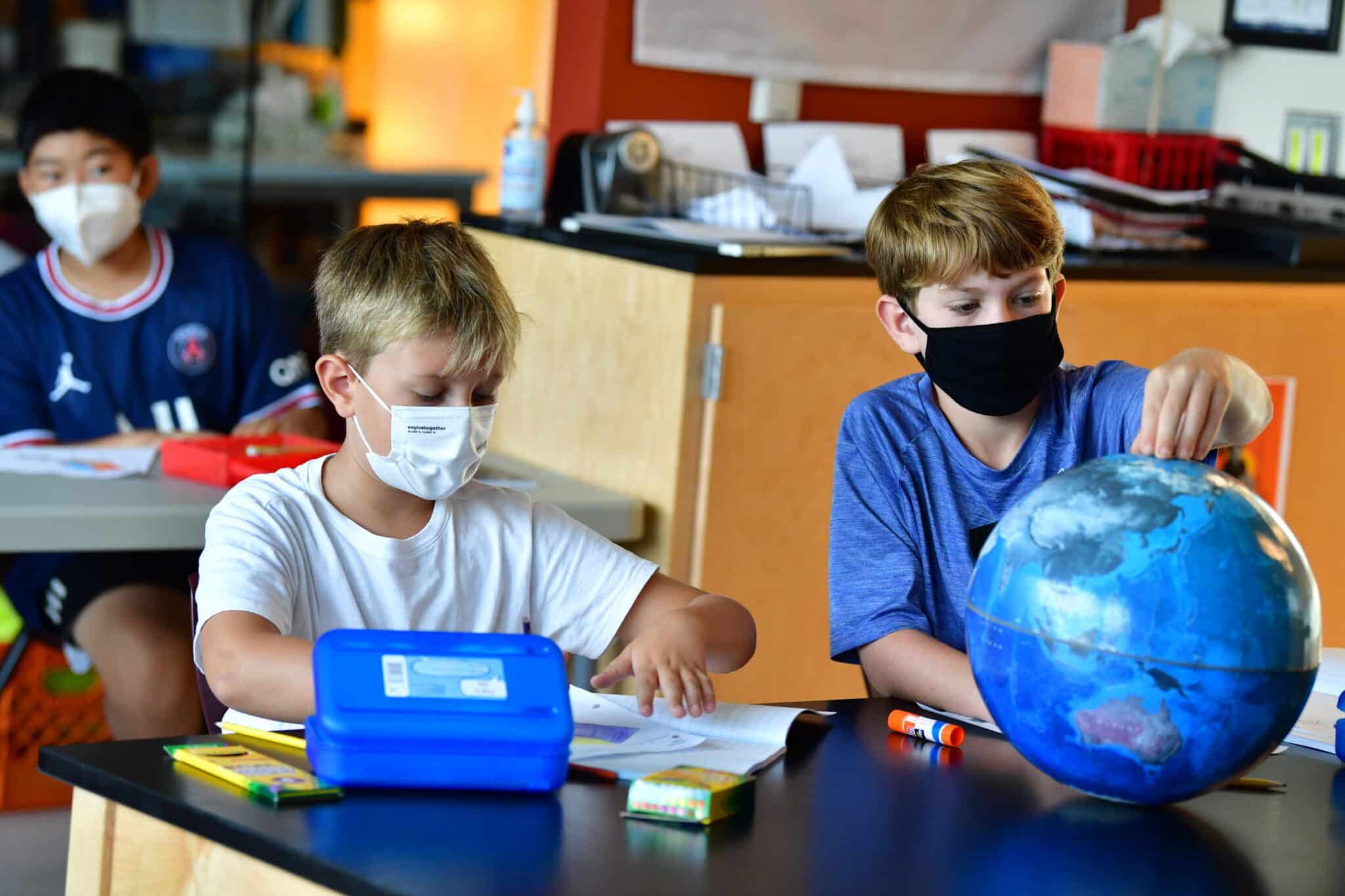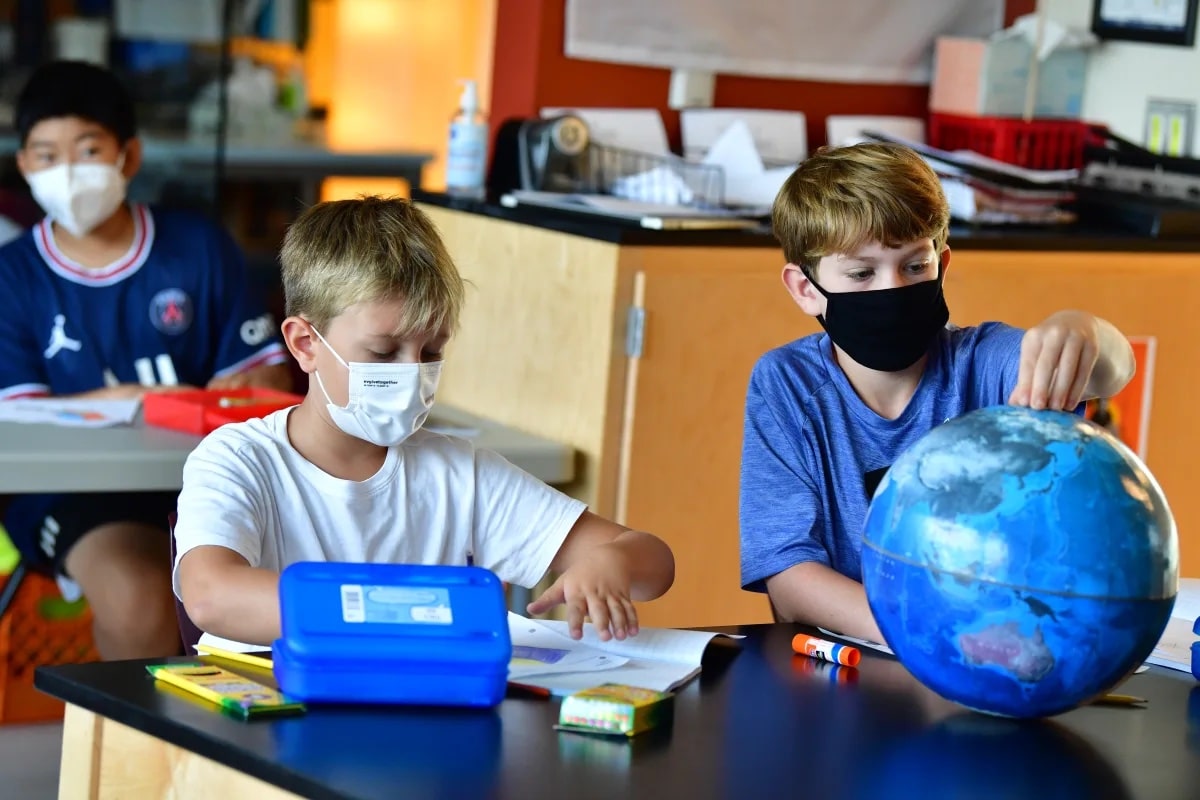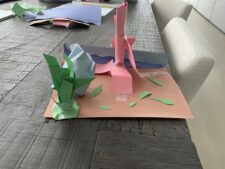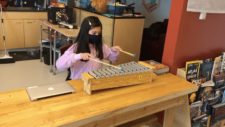The transition between elementary school and middle school might seem daunting: new buildings, new teachers, new classmates — so much new. But the team at Fieldston Lower is well prepared to ease the transition, and the work to set up students for success is woven throughout the students’ time at Fieldston Lower.
The structure of the Ethical Culture Fieldston School’s four divisions makes it “seamless to prepare our students for their future,” says Joe McCauley, Fieldston Lower Principal. What’s more, he says: “We are in constant communication with the administrators and teachers who work with students after they’re with us. We get to see how well our students do after they leave Fieldston Lower and how they’re thriving in Fieldston Middle and Upper.”

Here are four ways Fieldston Lower eases the transition to Fieldston Middle.
1. Students gain independence over the course of their time at Fieldston Lower.
“As they move through our program, students receive increasing opportunities for independent inquiry and work,” McCauley says. This helps students take ownership of their own education, but also provides a foundation for the many new logistics that come with middle school. By the end of their time as 5th Graders, students will have had limited use of email with teachers to prepare for middle school communications and individual Google Classroom accounts — critical ways in which Fieldston Middle students organize their schooling. Students also exercise their independence with extended projects — including research and design — which help students develop their time management skills, says Dani Cardia, 5th Grade Teacher.
2. Education takes on a new structure in 4th and 5th Grade.
“4th and 5th Grade can feel like a mini Fieldston Middle,” McCauley says. Students have more independence than 3rd Graders, and critically have different classes with different teachers that they move between throughout the day. Students also take responsibility for a greater number of school materials — binders, folders, and homework planners, to name a few. It’s a sneak peek of life down the driveway, where students have a variety of teachers leading different subjects.

3. Teachers help with executive functioning and lead meta-cognitive discussions with students.
Critical to the transition is the understanding of executive functions like organization, and teachers “explicitly instruct on study strategies and good habits for reviewing notes to improve retention of new information,” Cardia says. But a meta-cognitive discussion — one that hinges on a student’s self-awareness about one’s self as a learner — is just as key. Students take on different roles within literature discussions and choose from a range of options to present their learning, which allows students to “explore the modes that best suit their learning styles,” Cardia says. Students learn their own strengths and struggles as learners, and strategize ways to enhance their abilities and mitigate their areas for growth.
4. The Fieldston Lower team and Fieldston Middle teams prepare together.
Before the new academic year begins, members of the Fieldston Lower team and Fieldston Middle team meet to talk about the incoming 6th Graders. They discuss each students’ strengths and challenges, and brainstorm ways to support the students as they become middle schoolers.
The feedback that McCauley hears from the Fieldston Middle team is clear: Students are prepared when they enter 6th Grade, soaking up the new independence and opportunities. It’s a testament to the knowledge and skills the students begin acquiring on day one of their time at ECFS — a foundation that serves them for years to come.




